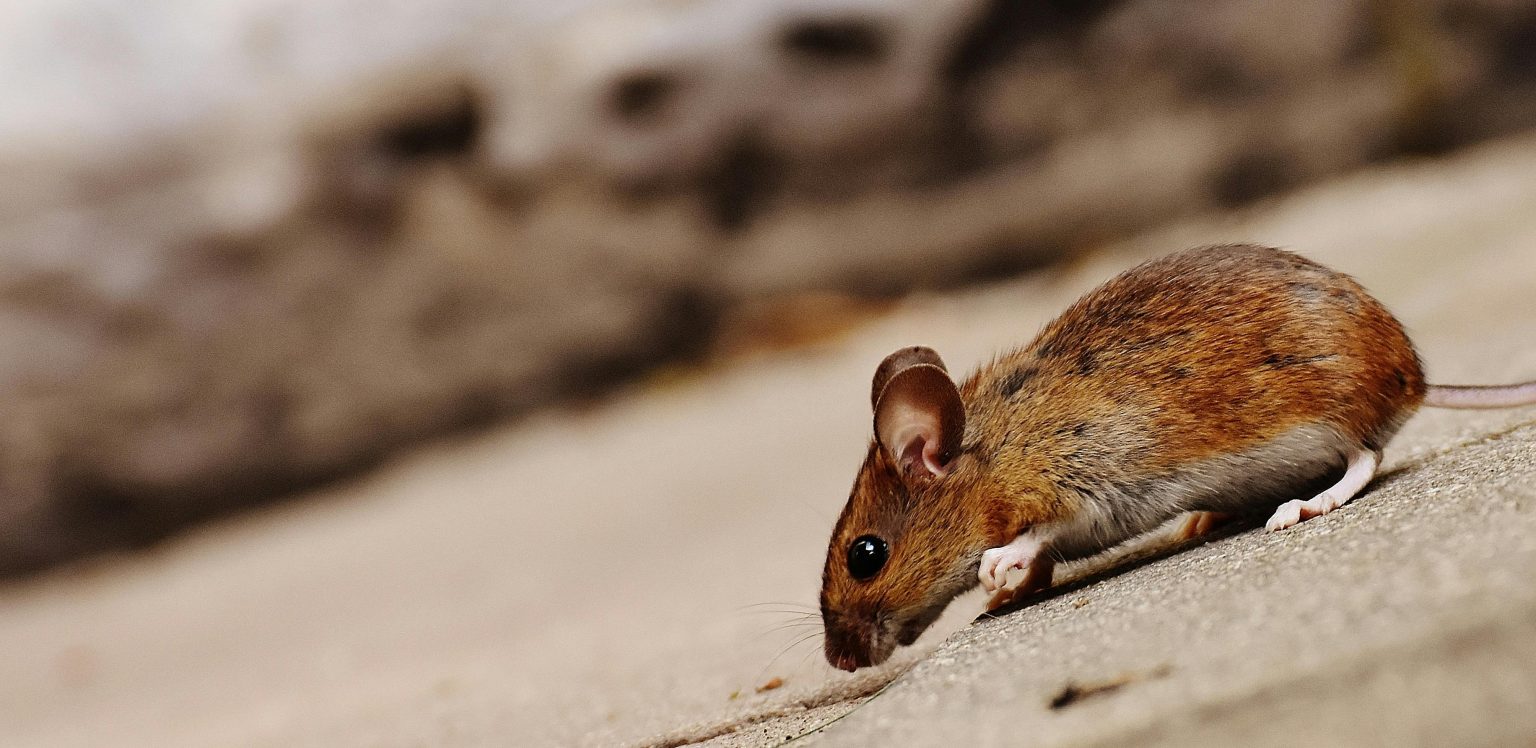From construction sites to kitchens – these are the clues you’re missing.
With the UK seeing a rise in rat sightings across urban and suburban areas, construction health and safety expert Derek Hales from SMSTS Course is warning that most people won’t spot the signs of an infestation until it’s already a serious problem.
“Rats don’t knock – they sneak in. And by the time you see one, you’re likely dealing with several,” says Hales, who has decades of experience working on-site where pest risks are higher. “But in homes and businesses, it’s often the small, strange signs that people overlook.”
The Lesser-Known Signs You Might Have Rats:
According to Hales, these are the unusual clues that should set alarm bells ringing:
- Greasy smudge marks on skirting boards: Rats tend to run the same routes over and over – their fur leaves oily trails along walls.
- Chewed cables in lofts or underfloor voids: “This is a big one we see on construction sites and homes alike – it’s not just a nuisance, it’s a fire risk.”
- Hollow-sounding plasterboard: Rats can burrow through internal walls, and their tunnelling can make walls or floors sound different when knocked.
- Unusual pet behaviour: “If your dog or cat is suddenly obsessed with a spot in the wall or floor, don’t ignore it,” says Hales. “They often notice things before we do.”
Why Are Rats Getting Bigger?
In recent years, sightings of ‘cat-sized’ rats have made headlines – and Hales says it’s not an exaggeration.
“We’re seeing rats regularly exceeding 40cm from nose to tail,” he says. “They’re well-fed, well-sheltered, and becoming bolder.”
According to Hales, several modern lifestyle habits are contributing to their size:
- Food waste and littering: “Bins overflowing with food scraps or poorly stored takeaways give rats an endless buffet. The more food available, the bigger they grow.”
- Compost heaps and bird feeders: “These attract rats even in rural gardens. Bird seed and kitchen scraps are high-calorie fuel.”
- Milder winters: Climate shifts mean fewer rats are dying off in cold months, allowing larger ones to survive and breed.
He warns that the bigger the rat, the more damage it can do – particularly to insulation, wiring and internal structures.
How Rats Get In – and How to Stop Them
While many assume rats only enter through open doors or bins, the most common entry points are more surprising:
- Drain pipes and toilet systems: “Rats are excellent swimmers. If there’s a break in your pipework or your toilet isn’t sealed properly, they can come up the pipes.”
- Air bricks and broken vents: Rats only need a gap the size of a thumb to squeeze through.
- Gaps under kitchen units: Even new-builds can have unfinished spaces behind cupboards that rats love to nest in.
Preventative Measures That Work:
- Use wire mesh on external openings – especially around vents and pipe outlets.
- Check your garden: Overgrown plants, compost heaps, and even bird feeders can attract rodents.
- Don’t rely on poison alone: “If you’re seeing droppings or hearing noises, get professional advice. Laying poison might kill one – but it doesn’t stop them getting in.”
Derek Hales, construction health & safety expert is calling on both homeowners and site managers to treat pest prevention as part of their safety routine – not just hygiene.
“On construction sites, we’re taught to build in a way that stops rodents getting in later down the line. But homeowners aren’t always given that knowledge. The result? Perfectly decent houses with hidden gaps that rats exploit.”

